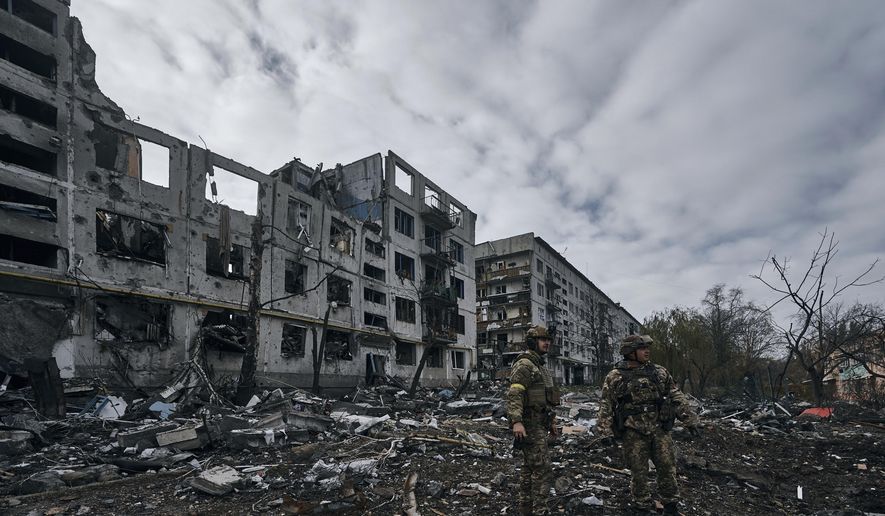Images of Bakhmut, the latest Ukrainian city to be left in ruins after months of Russian shelling, evoke memories of World War II. Every building reduced to piles of pulverized concrete or a flimsy facade with every window blasted out. Streets clogged by rubble, wrecked cars and dead bodies. But you don’t have to peer back into the 1940s for parallels to what’s happening in Ukraine today.
In the mid-1990s and early 2000s, Russia destroyed Grozny, the largest city in Chechnya, twice. It was in the Second Chechen War when newly empowered Vladimir Putin, then 47, crushed Chechnya’s hope for independence on his way to reestablishing Russian state power after the enervating turmoil of the prior decade. As in Grozny a generation ago, Mr. Putin and Russian military commanders are showing no qualms about using massive violence against urban areas in Ukraine, an unsettling indication of where the current war is headed.
In this episode of History As It Happens, historian Mark Galeotti, the author of more than 25 books on Russia, discusses the parallels between the first major war of the post-Soviet era (prosecuted by Boris Yeltsin against Chechnya in 1994-96) and Mr. Putin’s destructive bid to subjugate Ukraine.
“It’s all very well talking about ceasefires, but from the Ukrainian point of view, a ceasefire is simply an opportunity for the Russians to regroup after the hammering they’ve received over the last year. More to the point, both sides think time is on their side,” said Mr. Galeotti, the author of “Putin’s Wars: From Chechnya to Ukraine.”
A prolonged war, fought until one side or the other reaches exhaustion, makes possible the destruction of additional Ukrainian cities. The Russian way of war, according to Mr. Galeotti, is to heavily rely on artillery to flatten a city and call it victory.
SEE ALSO: History As It Happens: The wars of Soviet succession
History As It Happens is available at washingtontimes.com or wherever you find your podcasts.




